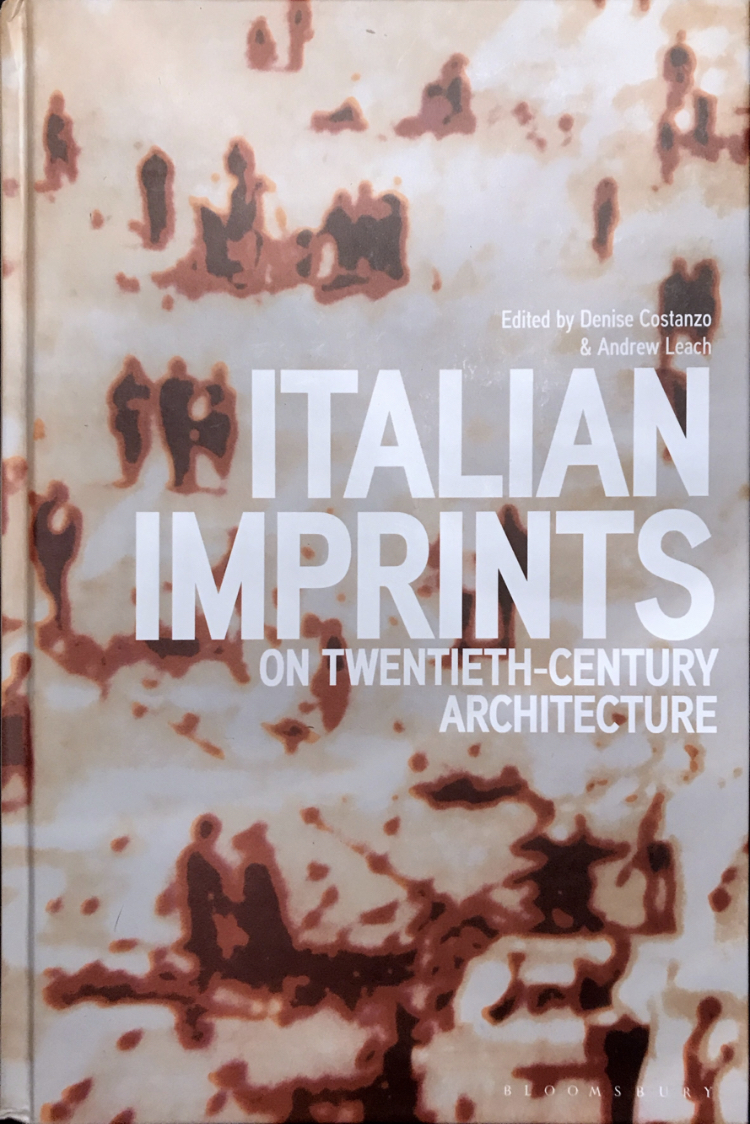Italian Roots in Latin American Architectural History
Daniela Ortiz dos Santos
In: Denise Costanzo and Andrew Leach, editors. Italian Imprints on twentieth-century architecture. London: Bloomsbury, 2022. p.265-277.
Abstract
Beginning in the 1960s, architects across Central and South America and the Caribbean began using the phrase “Latin American” to describe a collective body of built work. A term that carried a complex, heavily politicized history made its way into the hemispheric discourse by way of several individuals, organizations, and projects with direct ties to Italy. They include the Italian-born architects and historians Roberto Segre and Graziano Gasparini, and the latter’s brother, influential photographer Paolo Gasparini. All participated in transatlantic projects sponsored by UNESCO and the Rome-based Istituto Italo-Latino Americano that produced exhibitions, publications, and conferences designed to assemble the architectural traditions of the non-Anglophone hemisphere into forms permitting wider consumption, particularly in Europe. This essay considers how connections to Italy contributed to the trajectories of key individuals and initiatives, and its implications for how the region’s architecture is consumed by a global audience, and how it sees itself.
Keywords: Latin American architecture, Roberto Segre, Paolo Gasparini, Graziano Gasparini, UNESCO, Istituto Italo-Latino Americano.
